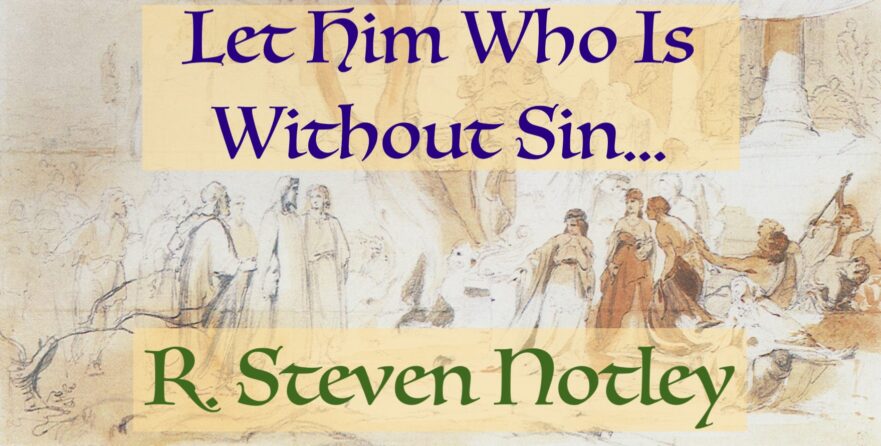
In a previous article we examined Jesus’ Jewish commandment to love. We discovered that the foundation of his ethical instruction was based upon contemporary Jewish teaching and its understanding of the biblical command to “love your neighbor (who is) like yourself” (Lev. 19:18; Luke 10:27). The new and developing Jewish sensitivity to the universal frailty of the human condition is heard in the apocryphal work of Ben Sira, “Should a person refuse mercy to a man like himself, yet seek pardon for his own sins?” (Sir. 28:4).
The same sentiment is heard in Jesus’ model prayer that he gave to his disciples: “Forgive us our sins as we forgive those who sin against us” (Matt. 6:12). We are expected to extend unmerited mercy and forgiveness to those who have offended us, because we ourselves stand in similar need of the unmerited mercy of God.
Paid Content
Premium Members and Friends of JP must be logged in to access this content: Login
If you do not have a paid subscription, please consider registering as a Premium Member starting at $10/month (paid monthly) or only $5/month (paid annually): Register
One Time Purchase Rather Than Membership
Rather than purchasing a membership subscription, you may purchase access to this single page for $1.99 USD. To purchase access we strongly encourage users to first register for a free account with JP (Register), which will make the process of accessing your purchase much simpler. Once you have registered you may login and purchase access to this page at this link:

































































































Comments 1
Would it be correct to say that Jesus also, by virtue of causing her accusers to walk away, in effect caused her case to be ‘thrown out’? The law says that a matter is to be established by two or more witnesses. In the end he says, “Woman, where are your accusers?” and later follows it up with “Neither do I accuse you…”.